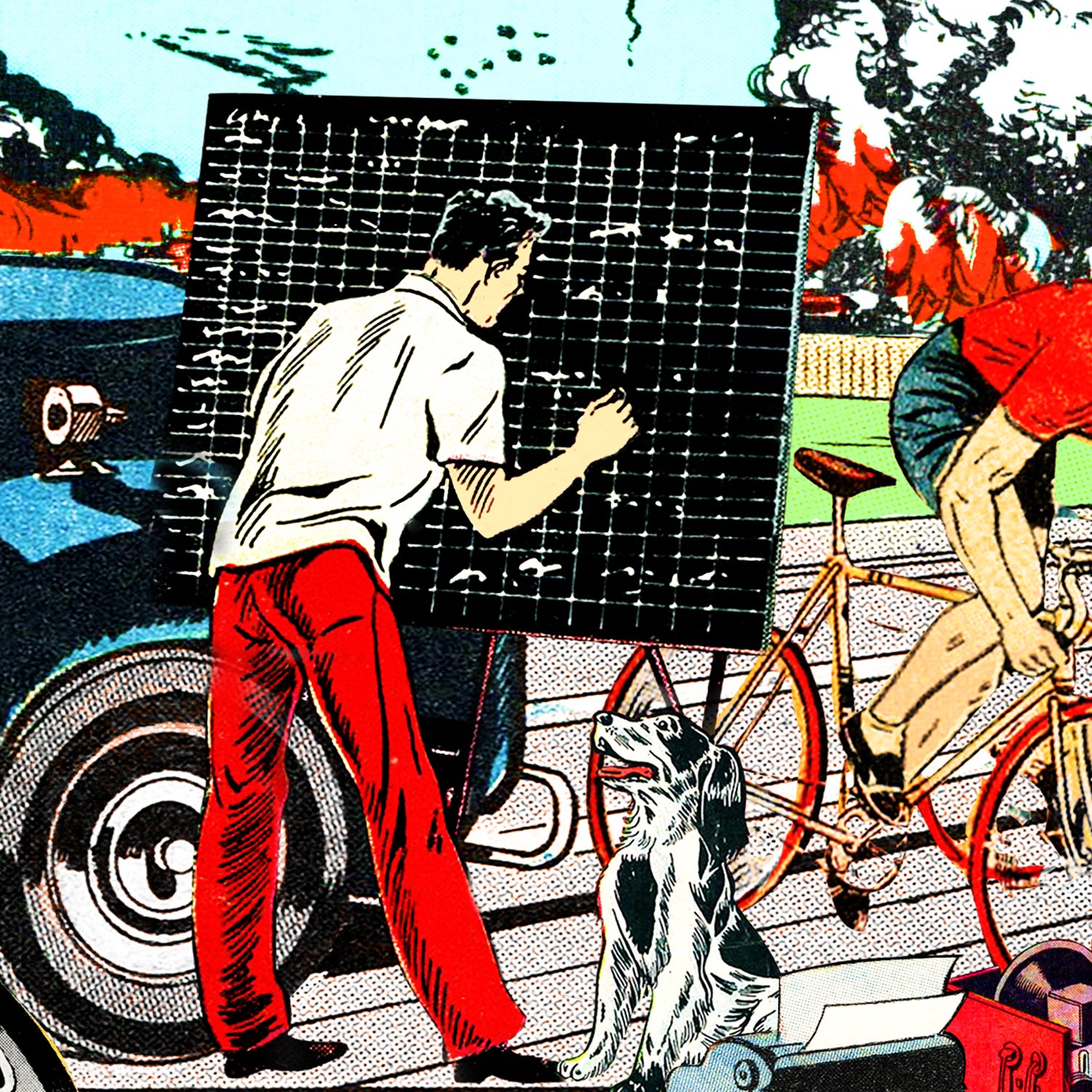Generally speaking, a U-shaped curve on a graph that tracks fatalities over time is a sign of an emerging public-health issue that warrants serious concern. That’s exactly what you find when looking at the number of cyclists killed by drivers in the U.S. over the past three decades. From 1990 until 2010, fatalities dropped 27 percent, . From 2010 to 2018, they increased 38 percent, , the highest number since, well, 1990. After nearly 30 years, despite an uptick in helmet use and improvements in bike infrastructure, the grim totals are virtually the same. The same trends hold true for those on foot—for anyone outside a car, our streets and roads look more dangerous than they have in decades. It might not seem that way while cities are locked down and streets remain empty. But during the COVID-19 crisis, more people have been walking and biking than ever in the U.S.—a trend we hope Americans can sustain in the months and years to come. Drivers have continued to kill cyclists during the lockdowns, however, and when traffic returns to pre-pandemic levels, the death toll will surely spike again.
This Is Every Cyclist Who Was Killed by a Driver in 2020
It hasn’t been this dangerous to ride a bicycle on American roads in three decades.Of course, statistics can be misleading. Even before the pandemic, there were more people riding bikes than there were in the late eighties, so a rise in fatalities doesn’t conclusively mean that cycling is more dangerous. But we do know that the recent, nearly decade-long increase in deaths outstrips growth in participation. We know that more of these deaths are taking place than in rural areas, compared with three decades ago, including alone. And we know that many European cities, where are even higher, haven’t seen upswings in tragic accidents during that same period. In fact, and , not a single cyclist or pedestrian was killed in a roadway crash last year. That’s no accident—it was the result of a comprehensive policy initiative, , designed to improve road safety. (New York has its own Vision Zero policy, but .)
Statistics can make important issues feel cold and abstract. But for ���ϳԹ���, bike safety is personal. In 2018, longtime ���ϳԹ��� writer and passionate cyclist Andrew Tilin was killed when he was hit by a driver of a truck while fixing a flat on his bike outside Austin, Texas. Last year, the fiancé of features editor Gloria Liu, Andrew Bernstein, sustained severe injuries after he was struck by a van while riding in Boulder, Colorado. (The driver fled the scene—listen to the rest of the terrifying story on the ���ϳԹ��� podcast.) The result is that, when it comes to writing about the risks cyclists face, we’re no longer interested in old-school journalistic objectivity. We think something should be done. We think public policy needs to change. And a global crisis like this one could be a perfect moment to catalyze it.
So this year, we’re inserting ourselves into the debate. Along with launching our digital tool to track cycling fatalities through 2020, we’ll be examining the trends contributing to this recent, unacceptable rise, sharing your stories about close calls and family tragedies, and exploring the systemic changes that could reverse the needless surge in cycling fatalities, this time for good.


